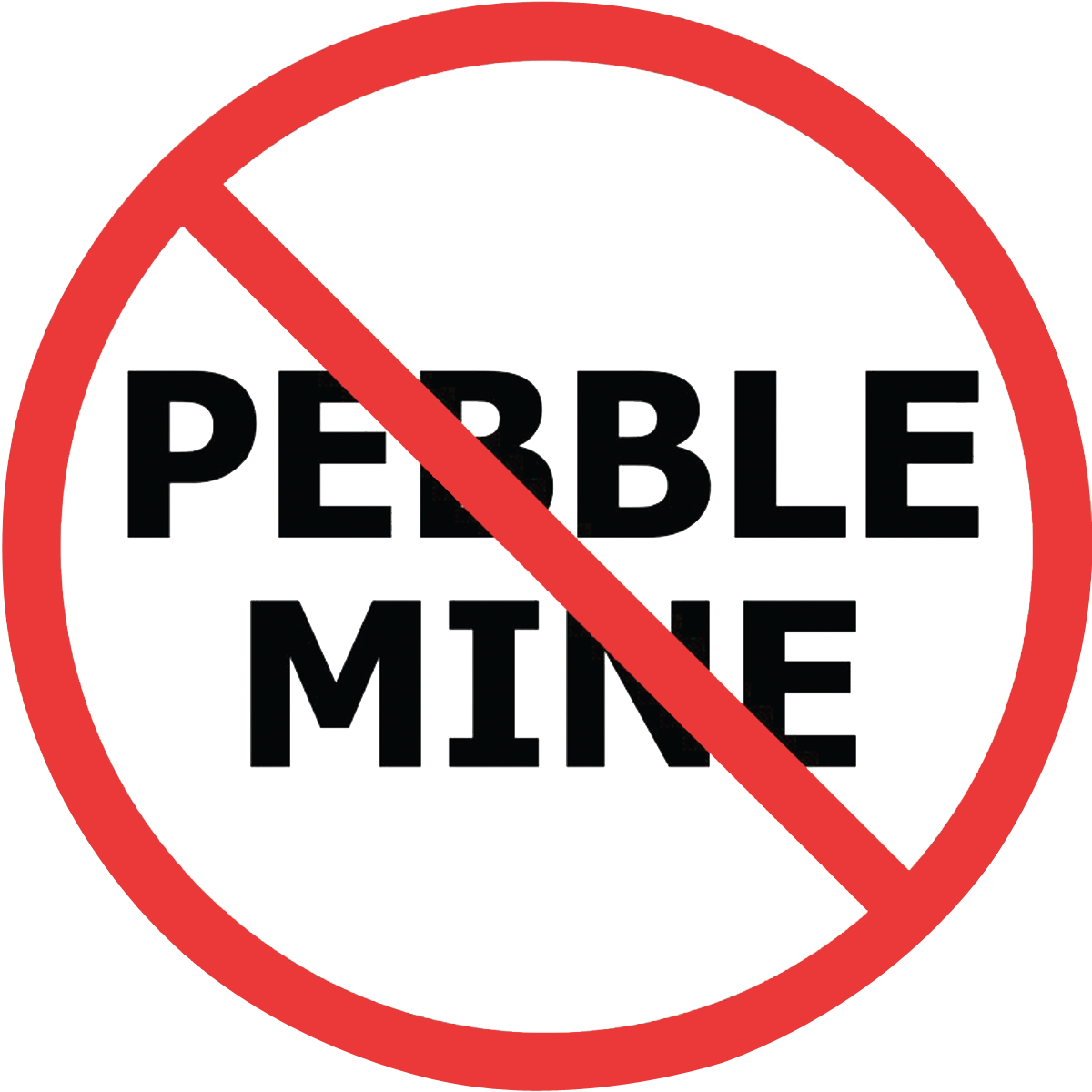Pebble proposal, according to PLP-filed plans, overlaid on the Anchorage bowl.
If built, Pebble would be the largest mine in North America.
Pictured above: Goldstrike Mine, Nevada.
The Pebble deposit is a massive storehouse of gold, copper and molybdenum, located in the headwaters of the Kvichak and Nushagak Rivers, two of the eight major rivers that feed Bristol Bay. If built, Pebble would be one of the largest mines in the world. Because of its size, geochemistry and location, Pebble runs a high risk of polluting Bristol Bay, one of the world’s most productive wild salmon strongholds that supports a $1.5 billion commercial and sport fishery.
““Could [the Pebble mine] do damage to the fishery if something went wrong? The answer to that is yes.””
Mining Plans
Pebble applied for their phase one mine plan permit application in December, 2017 after promising to do so for over a decade. The plan makes it clear that Pebble cannot operate safely along side clean water and wild salmon in Bristol Bay. View our factsheet here.
For an in-depth review of Pebble's December, 2017 plans, click here.
Additionally, we know this is only phase one due to earlier plans and the fact that the 2017 proposal includes just 1.2 billion tons of a deposit of close to 11 billion tons. The proposal we see today is an attempt by Pebble to get their foot in the door in Bristol Bay with a mine that is more palatable to the Alaskan public, and then expand. The problem is, even initial plans would be devastating to salmon.
Earlier plans presented by Northern Dynasty Minerals to its shareholders paint a more accurate picture. They show that the Pebble Mine complex would span 20 square miles of state land in the Bristol Bay watershed. Located in a seismically active region, Pebble would require the world’s largest earthen dam to be built, some 700 feet high and several miles in length. Independent scientists have questioned whether the dam could withstand the force of a massive earthquake, such as the 9.2 quake that devastated Anchorage in 1964.
The dam and 10-square-mile-wide containment pond are intended to hold between 2.5 billion and 10 billion tons of mine waste that Pebble would produce over its lifetime - nearly enough to bury the city of Seattle, WA. Because of the acid-generating nature of the Pebble ore body, the waste would require treatment in perpetuity. Any release of mine waste into the surface or groundwater has a high likelihood of harming Bristol Bay’s salmon runs. Pebble Limited Partnership has made claims about the safety of their engineering and design, however the Mount Polley Mine disaster of 2014, which was a mine created by the same contractors hired by Pebble, proved that even the most advanced mining technology can fail and cause devastating consequences.
A INDUSTRIAL MINING COMPLEX
If Pebble is developed, the infrastructure would likely facilitate a modern day gold rush on adjacent lands. Nearly one million acres of prime wildlife and salmon habitat surrounding to the proposed Pebble mine site could be opened to new mining claims. The cumulative impacts from increased development in the area overtime could devastate the fishery.
Mining claims in the region that become economically feasible with infrastructure developed by Pebble. Click here for a zoomed out view of the region.
The Pebble Partnership
The proposed mine developers, the Pebble Limited Partnership (PLP) was once a consortium of the world’s second largest multinational mining corporations, London-based Anglo American, along with Northern Dynasty Minerals, a junior mining company headquartered in Canada. However, Anglo American, along with other investors Rio Tinto and the Mitsubishi Corporation, walked away from the project leaving Northern Dynasty the only company seeking Pebble's development. Northern Dynasty has never developed a mine before.
Your voice can help stop the proposed Pebble Mine.





